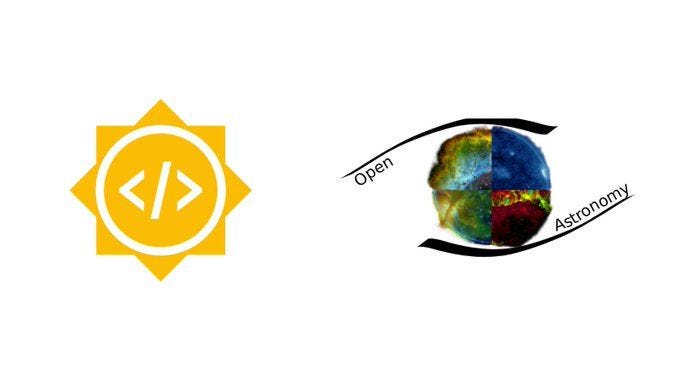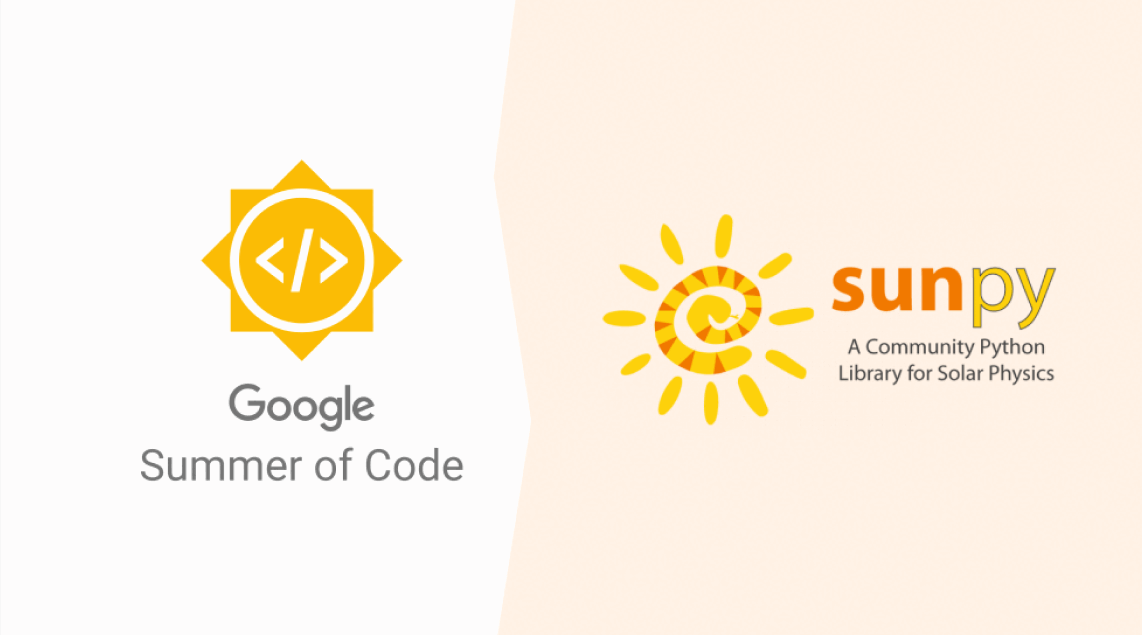GSoC - Pre Community Bonding
What is Open-Source and Gsoc?
Open source software is software with source code that anyone can inspect, modify, and enhance. There are many institutions and individuals who write open software, mainly for research or free deployment purposes. Mostly these softwares, have only a few maintainers, and multiple people, writing and debugging the code, helps a lot. This is where Google Summer of Code GSOC comes into the picture. It is a global, online program focused on bringing new contributors into open source software development. Many organisations float projects for the developers to take over the summer and Google mediates in the process, while also paying the contributors for their work over the summer.

